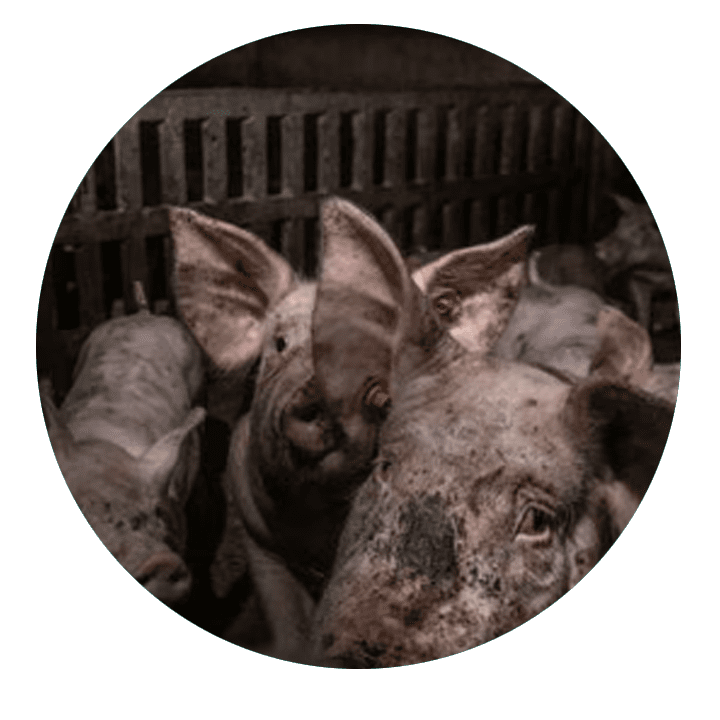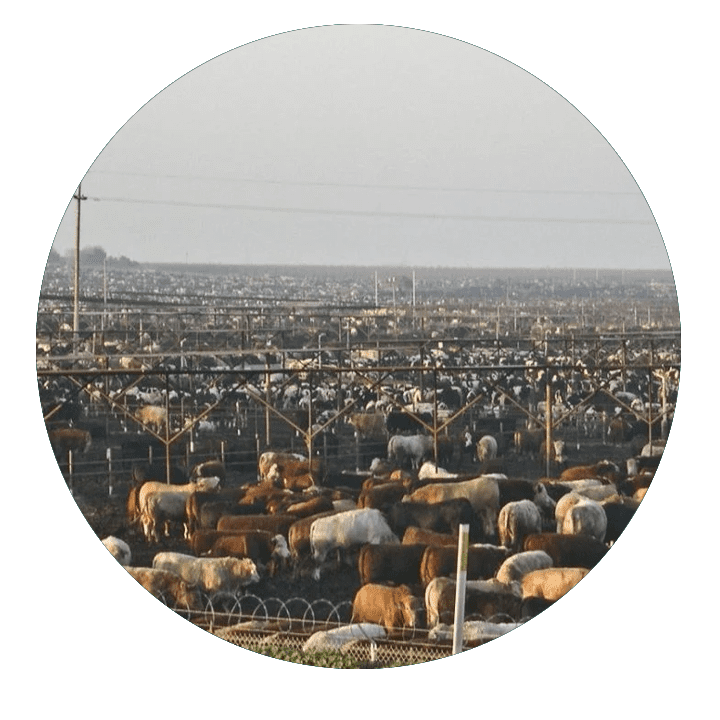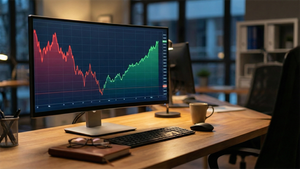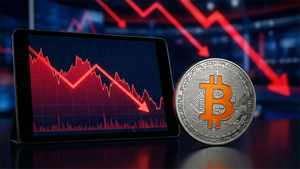In the modern world, most people rarely think about where their food comes from. The meat, milk, and eggs sitting neatly on supermarket shelves seem far removed from the vast industrial system that produces them. Yet behind the scenes, factory farming—the industrial-scale breeding and killing of animals for food—has quietly become one of the most destructive human inventions in history.
This isn’t just an animal welfare issue, though the cruelty involved is staggering. It’s also an environmental, public health, and moral crisis that touches almost every corner of our lives. From deforestation in the Amazon to the rising threat of antibiotic resistance, the true cost of cheap animal products is far higher than most people realize.

A Broken System Built on Suffering
Factory farming, often referred to as industrial animal agriculture, was born out of the drive to produce meat and dairy faster and cheaper. The logic was simple: if animals could be confined, bred, and slaughtered in mass numbers, companies could feed growing populations at lower costs. But that efficiency has come at an enormous price.
Each year, more than 90 billion animals are raised and killed in these facilities. The majority of them—chickens, pigs, and cows—spend their short lives packed into windowless sheds or metal cages where they cannot express a single natural behavior. Many never see sunlight or breathe fresh air. Their suffering is systematic and relentless, normalized by an industry that values output over life.
It’s easy to forget that behind every piece of meat or glass of milk is an animal that felt fear, stress, and pain. When you look beyond the marketing images of happy cows and green pastures, you see a global machine that treats living beings as disposable products.
The Environmental Fallout
The environmental consequences of factory farming are equally disturbing. Livestock production is responsible for a huge share of greenhouse gas emissions—more than all the world’s cars, planes, and ships combined.
Cattle ranching and feed production drive 80% of deforestation in the Amazon, wiping out ecosystems that regulate the climate and shelter countless species. Forests are cleared to grow soy, not primarily for human consumption, but to feed livestock. Meanwhile, massive manure lagoons and chemical runoffs from farms poison rivers and groundwater, making surrounding communities sick.
Producing a single kilogram of beef requires roughly 15,000 liters of water, a figure that’s hard to comprehend in a world where millions struggle with drought and water scarcity. The soil degradation, loss of biodiversity, and air pollution tied to industrial meat are pushing the planet’s ecosystems to the brink.
Simply put, the modern food system is eating the Earth alive.

A Threat to Human Health
What many people don’t realize is that factory farming doesn’t only harm animals and the planet—it also endangers us. About three-quarters of the world’s antibiotics are used in animal agriculture, often to keep sick animals alive in filthy, crowded barns. This misuse has fueled the rise of antibiotic-resistant bacteria, which the World Health Organization calls one of the biggest threats to global health.
The diseases linked to high meat consumption—heart disease, obesity, diabetes, and several cancers—are now among the leading causes of death in developed countries. Meanwhile, people living near industrial farms suffer from air and water pollution, respiratory problems, and contaminated drinking water.
It’s a vicious cycle: factory farming poisons our environment, damages our health, and consumes vast natural resources—all to maintain an unsustainable appetite for animal products.
The Plant-Based Alternative
There is, however, another path—one that’s better for animals, people, and the planet. A growing body of research shows that plant-based diets could dramatically reduce greenhouse gas emissions, conserve water and land, and improve human health outcomes.
Switching to plant-based foods doesn’t mean giving up taste or nutrition. It means embracing an abundance of fruits, grains, legumes, vegetables, and plant-based proteins that nourish both body and mind. In fact, studies have shown that a global shift toward plant-based eating could cut food-related emissions by as much as 70% and free up land equivalent to the size of the United States, China, and the European Union combined.
Beyond the statistics, there’s also a moral awakening taking place. People around the world are beginning to see that compassion and sustainability are not luxuries—they’re necessities for survival.
For anyone who wants to understand this transition more deeply, resources such as Why Go Plant-Based, For Animals, For Environment, and For Humans offer science-backed insights and practical steps. For those ready to make the switch, How to Go Plant-Based provides a thoughtful starting point.
Changing the Story
Ending factory farming is not a dream—it’s an achievable goal, but it requires courage and collective will. Governments must redirect subsidies away from industrial meat toward sustainable crops and plant-based innovation. Consumers must recognize their power in shaping demand through everyday choices. And the media must tell the truth about what happens behind the walls of factory farms.
This is more than an environmental or dietary issue; it’s a test of empathy and foresight. If we want a livable planet and a humane society, we cannot continue to look away from the suffering our food system creates.
A world built on plant-based principles isn’t a utopian fantasy—it’s a practical, science-driven solution to some of humanity’s greatest challenges. It’s a world where food no longer costs us our health, our conscience, or our future.
The time to act is now. What we eat today will shape the world of tomorrow.
Media Contact
Company Name: Humane Foundation
Contact Person: Ali Roghani
Email: Send Email
Address:27 Old Gloucester Street
City: London
State: England
Country: United Kingdom
Website: https://cruelty.farm/






